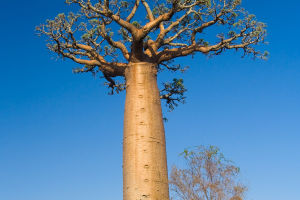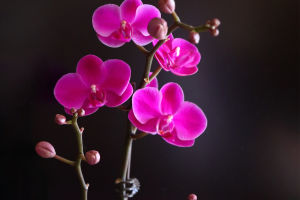The Rosa chinensis is called the queen of flowers. It is an evergreen, semi-evergreen low shrub, flowering all year round. It is usually red, or pink, occasionally white and yellow. It can be used as an ornamental plant or as a medicinal plant.
It's colorful and rich, not only red, pink, yellow, and white. It also has a mixed color, silver edge, and other varieties. Most varieties are aromatic. There are many varieties of Rosa chinensis.
Natural flowering from April to September. Flowers have a strong aroma, which can be widely used in gardening and flower arrangement.
It is adaptability, cold resistance, and drought resistance. No matter whether the ground planting or pot plant is ok.
It is suitable for beautifying the courtyard, decorating the garden, arranging the flower bed, and matching planting flower hedges and flower frames.
It is easy to cultivate the Rosa chinensis. It can be used as a flower arrangement, used to make bouquets and various flower baskets.
The flowers can extract the essence and can be used as medicine. It also has good antifungal and synergistic activity against drug-resistant fungi.
Although the climate and soil requirements of Rosa chinensis are not strict, it is more suitable for loose, fertile, rich in organic matter, slightly acidic, and well-drained loam.
It prefers a warm, sunny, air-ventilated environment.
The optimum temperature for most varieties is 15-26℃ during the day and 10-15℃ at night. It will enter dormancy when the Winter temperatures are below 5℃.
Some varieties can withstand the low temperature of -15℃ and high temperature of 35℃.
When the temperature lasts above 30℃ in summer. That is to enter semi-dormancy. At that time, plant growth is poor.
The Rosa chinensis was introduced to Europe from India in the 18th century, and breeders crossed it with local roses until it was finally bred into a hybrid rose in 1867.
As a symbol of happiness, beauty, peace, and friendship, the Rosa Chinensis is loved by people.
Some countries have chosen it as their national flower.


